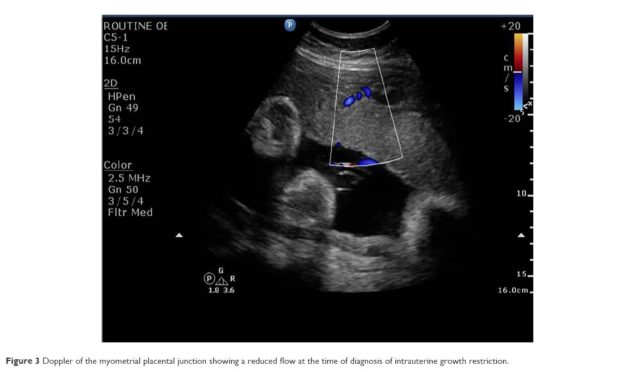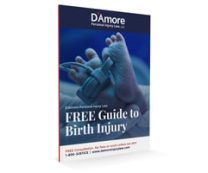D'Amore Personal Injury Law, LLC
Serious Injury Lawyers Proudly Serving
Baltimore, Annapolis, & Washington, D.C.
Intrauterine Growth Restriction (IUGR)
What is Intrauterine Growth Restriction (IUGR)?
When a fetus isn’t growing as expected during pregnancy, and the fetal weight is less than 90 percent of the average of all developing babies, doctors call this Intrauterine Growth Restriction or IUGR. There are few direct remedies, but a careful doctor will practice regular fetal growth monitoring and, in some cases, plan for early delivery of the baby.
Doctors refer to two types of IUGR, depending on fetal development. Symmetric or ‘primary’ IUGR is where all the baby’s body parts are very small. As many as 30 percent of cases are primary IUGR. The other case is called asymmetric or ‘secondary’ IUGR, where just the abdomen area of the baby is seen to be small, while the head and brain are developing to the size that the doctors would expect. Up to 70 percent of cases or more are asymmetric IUGR.
What Are Some Symptoms Of Intrauterine Growth Restriction?
One measurement to detect IUGR is the distance from the top of the uterus to the top of the pubic bone. Doctors regularly perform ultrasound exams during a woman’s pregnancy, using high-frequency waves to see an image of the baby on a screen. A doctor’s office will also track the mother’s weight throughout the pregnancy to gauge the weight of the developing baby.
Doctors might perform more specific tests such as:
- Screening the mother for possible infections that could be limiting the baby’s growth
- Fetal monitoring to gauge the heart rate and activity of the baby
- Amniocentesis (taking a sample of the amniotic fluid surrounding the baby) to check for genetic issues

What Are Some Causes Of Intrauterine Growth Restriction?
Doctors are concerned when they diagnose IUGR because there is a chance that the fetus is not receiving enough nutrition and is undernourished. Medical problems that can lead to this include issues like:
- Not enough blood flow through the umbilical cord connecting the baby to the placenta
- Inadequate placenta development, which is the tissue responsible for supplying nutrition and oxygen to the fetus
- The mother’s medical condition, such as blood clotting issues, lupus, or high blood pressure
- A genetic condition
- Multiple fetuses developing together—twins or triplets
- Specific actions or conditions of the pregnant woman can contribute to IUGR, including:
- Taking certain medicines, including some medications for seizures
- Smoking, consuming alcohol, or using illicit drugs
- An infection like toxoplasmosis, syphilis, rubella (German measles), or cytomegalovirus
What Are Some Likely Outcomes of Intrauterine Growth Restriction?
In some cases, a doctor might induce labor if it seems that the fetal growth has stopped, or there might be problems with blood flow through the umbilical cord or an issue with the placenta. In many cases, a cesarean section delivery, called a C-section, is recommended if the doctor believes that vaginal delivery could be stressful and dangerous for the baby.
Learn more about what to do after a Birth Injury in our FREE guide.

FREE Case Consultation
Fill out the form below and we will contact you.
Or, give us a call at